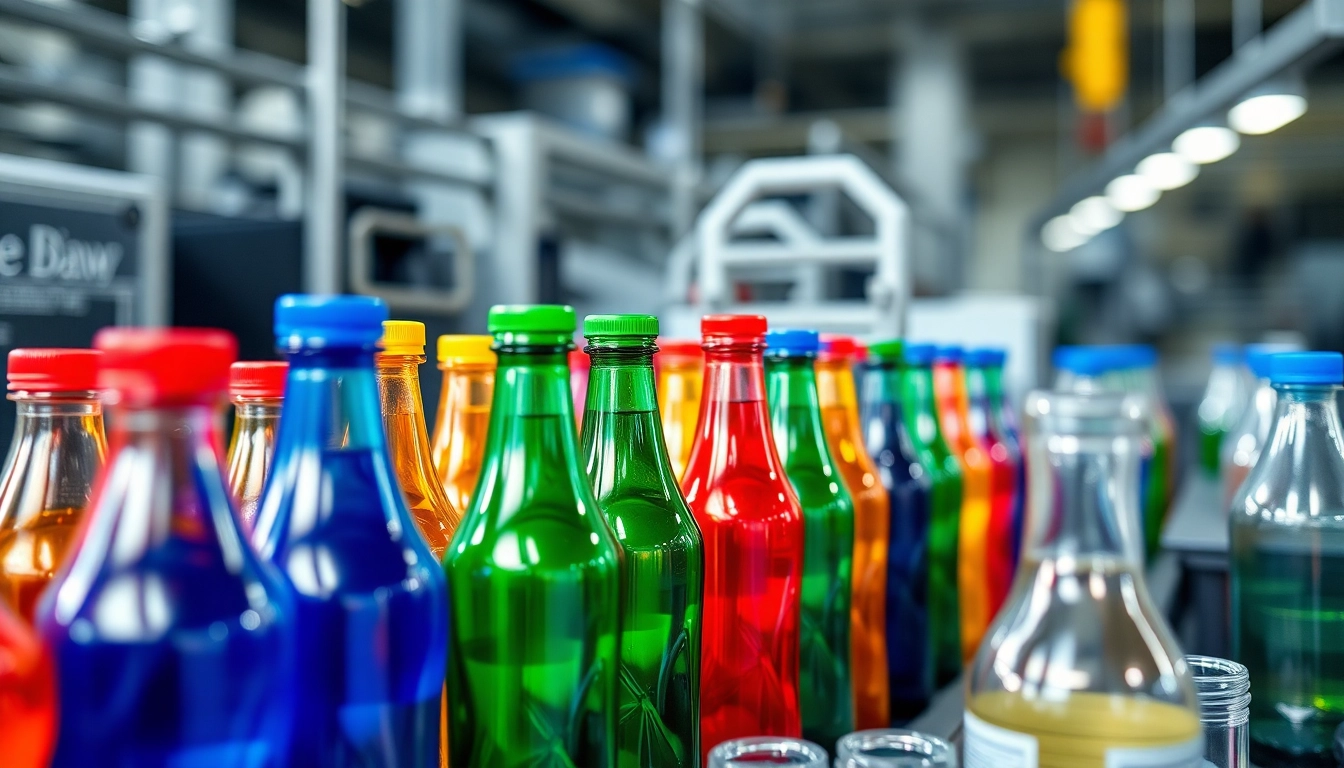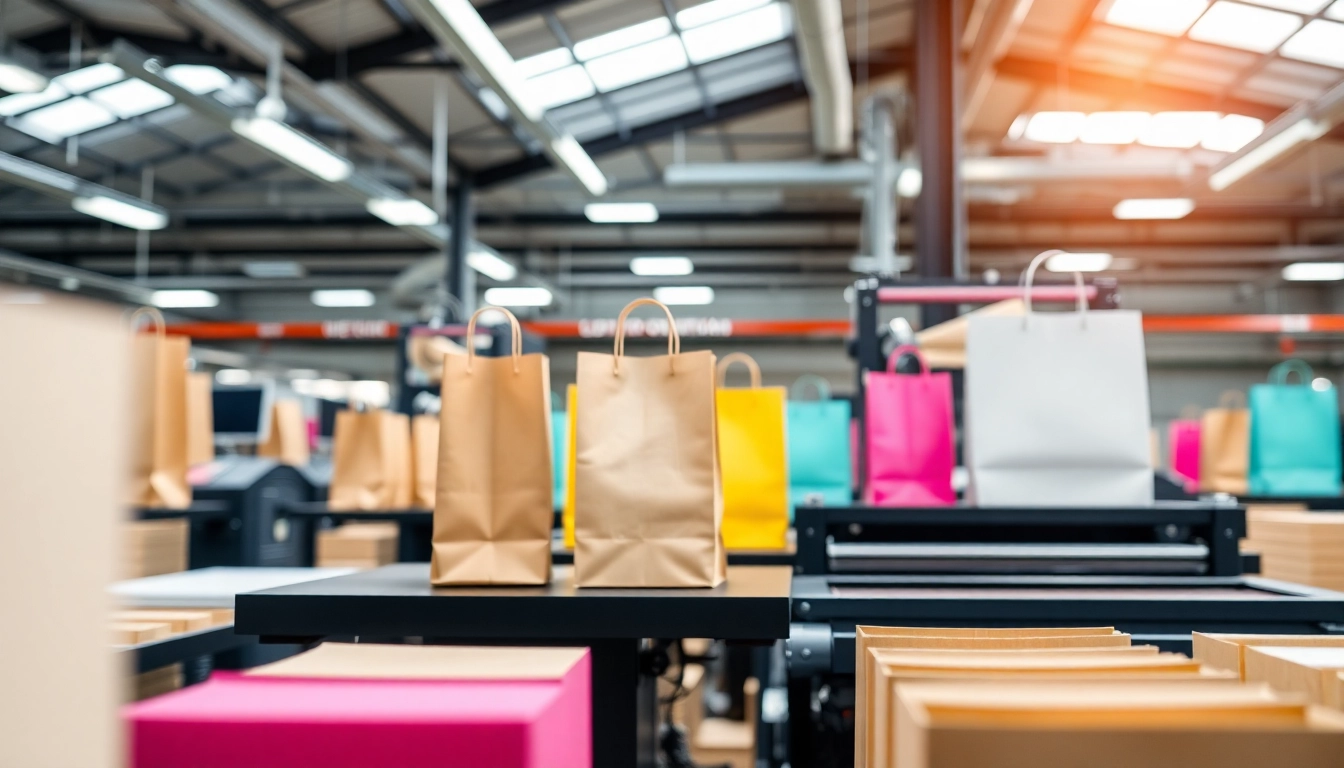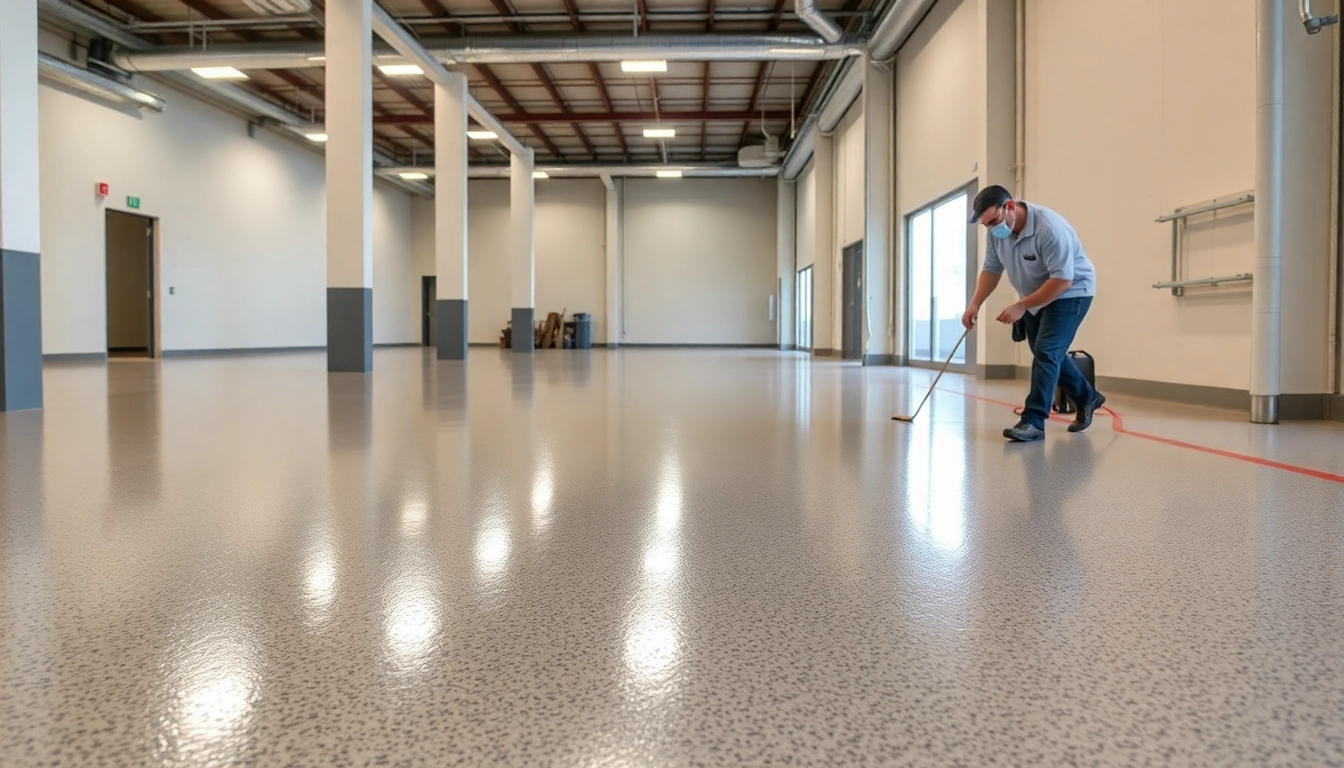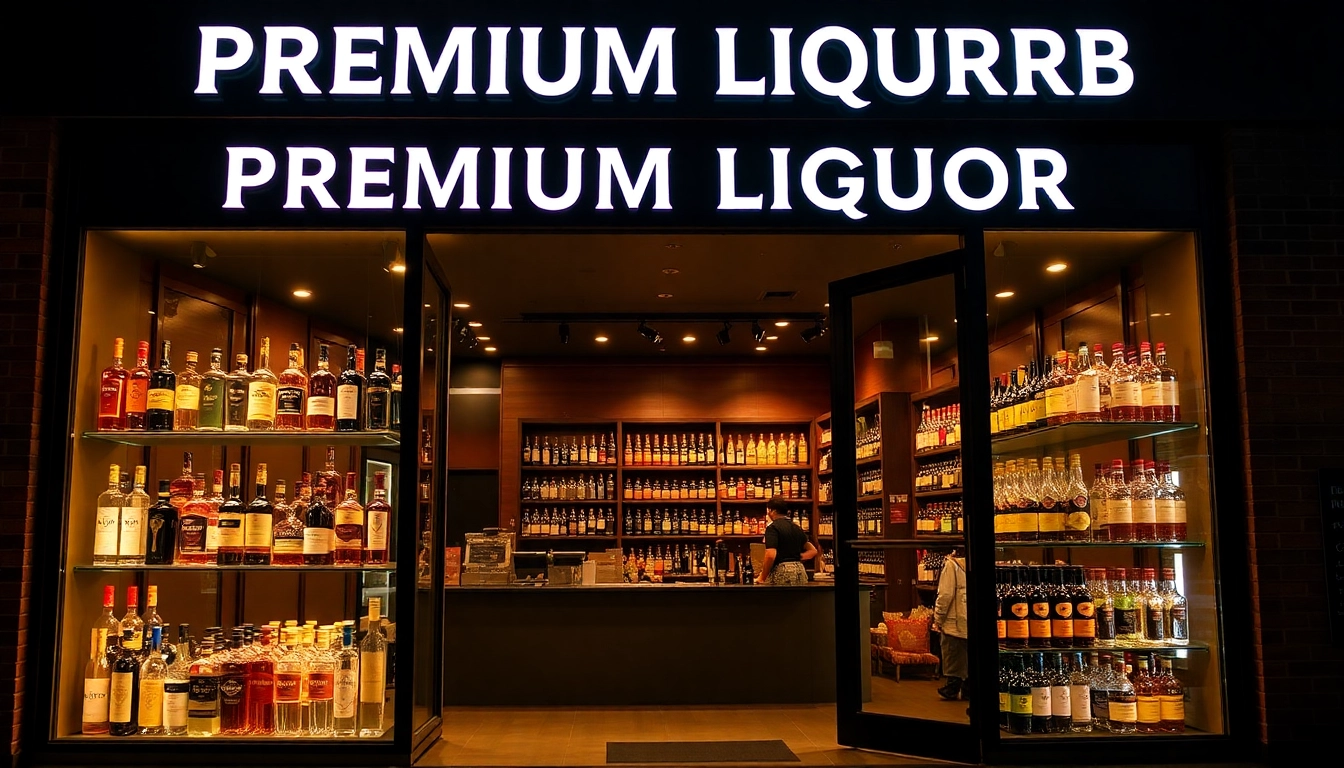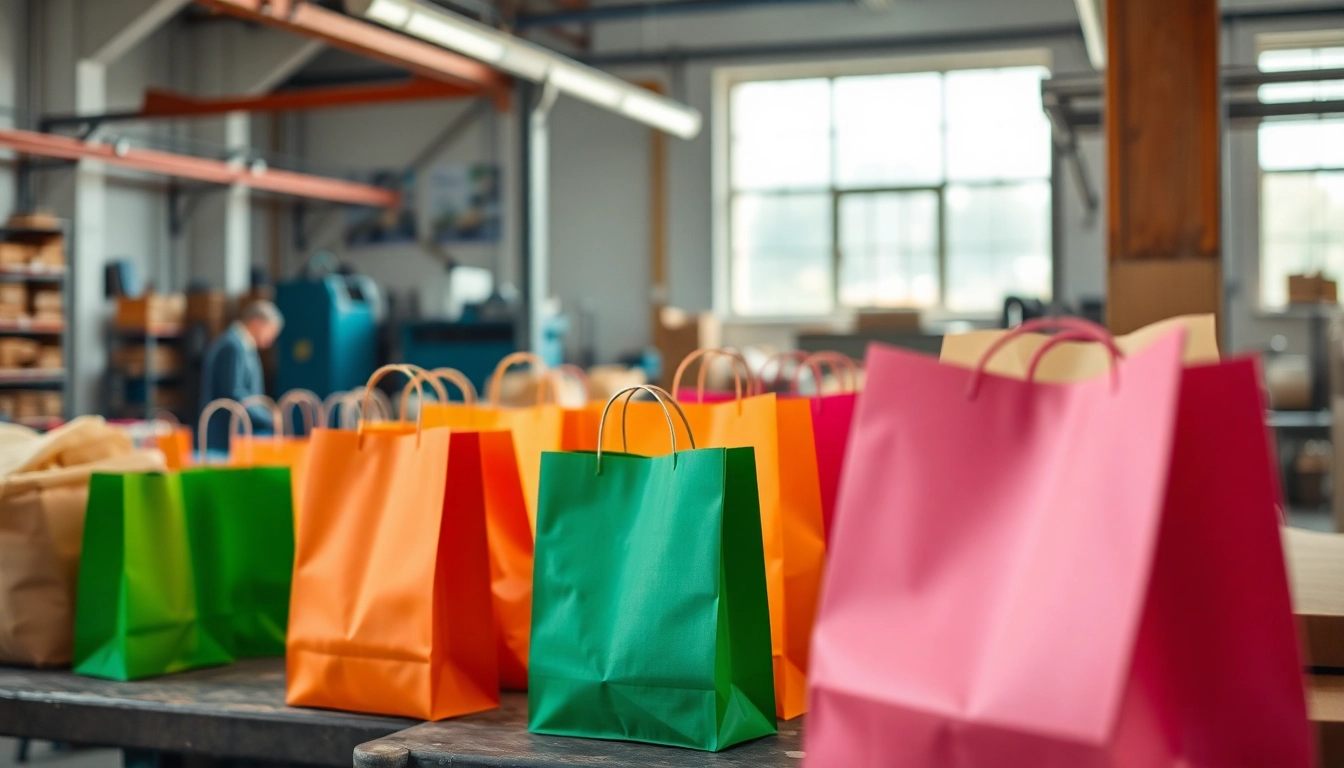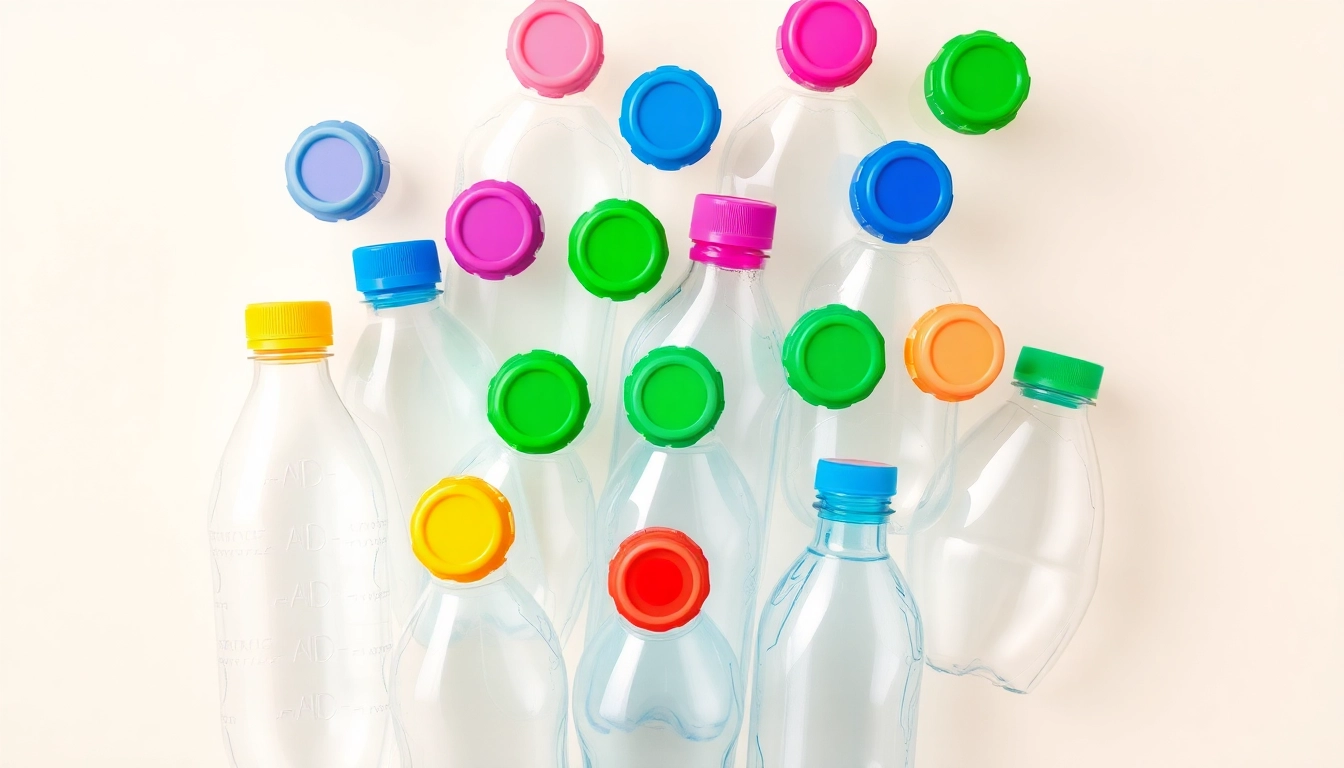
Plastic bottles, or plastik şişe, are ubiquitous in our daily lives, forming the backbone of modern packaging solutions across industries including food, beverages, cosmetics, pharmaceuticals, and chemicals. Their lightweight nature, durability, and cost-effectiveness have made them the preferred choice for both manufacturers and consumers. However, with increasing environmental concerns and the demand for sustainable practices, understanding the various aspects of plastic bottles—from their types and design features to manufacturing and recycling—is essential for businesses aiming to optimize their packaging while minimizing ecological impact.
Understanding the Different Types of Plastik Sise and Their Applications
Common plastics used in plastik şişe manufacturing
The variety of plastics used in making plastic bottles primarily depends on chemical properties, durability, and compatibility with contents. The most prevalent plastics include:
- Polyethylene Terephthalate (PET or PETE): This is the most common plastic used for beverage bottles, especially for water, soft drinks, and juices. Known for its clarity, strength, and light weight, PET is highly recyclable.
- High-Density Polyethylene (HDPE): Preferred for milk jugs, detergent bottles, and some chemical containers due to its toughness and chemical resistance.
- Polypropylene (PP): Utilized for caps, smaller containers, and certain chemical bottles owing to its high melting point and rigidity.
- Low-Density Polyethylene (LDPE): Used in flexible bottles, squeeze bottles, and packaging films, valued for its flexibility.
Choosing the right plastik şişe for food, beverage, and chemical storage
Selecting the appropriate plastic bottle hinges on chemical compatibility, safety standards, and intended usage. For instance, PET bottles are ideal for beverages due to their excellent barrier properties that preserve product freshness. Conversely, HDPE and PP are suitable for storing chemicals and detergents as they resist corrosive substances. Factors such as opening mechanism, shelf life, and environmental exposure should also influence selection, ensuring safety and product integrity.
Environmental impacts of various plastik şişe types
Plastic bottles, when improperly disposed of, contribute significantly to environmental pollution, harming wildlife and polluting waterways. PET bottles, although highly recyclable, often end up in landfills or oceans. Some plastics contain additives or non-recyclable components that complicate waste management. The industry is increasingly focusing on developing eco-friendlier options, like biodegradable and compostable plastics, to mitigate these impacts and promote circular economy principles.
Design and Quality Features of Effective Plastik Şişe
Materials and thickness considerations for durability
The durability of a plastik şişe significantly depends on the choice of material and wall thickness. Thicker walls enhance resistance to punctures and impacts but increase weight, affecting shipping costs. Conversely, thinner walls reduce weight and material costs but may compromise integrity. Advanced materials, such as reinforced PET or multilayer plastics, balance durability with lightweight design, ensuring the bottle withstands handling and transportation without failure.
Lightweight vs. heavy-duty plastik şişe: advantages and trade-offs
Lightweight bottles are advantageous for reducing transportation costs and environmental footprint, aligning with sustainability goals. However, they require precise manufacturing and quality control to prevent leakage or deformation. Heavy-duty bottles provide superior strength for rough handling and long-term storage but incur higher material costs and environmental burdens. Strategic design, considering use case scenarios, is crucial for optimizing both performance and sustainability.
Design innovations for better usability and branding
Modern design innovations include ergonomic shapes for easy handling, enhanced grip textures, and integrated features such as measurement indicators or dispensing caps. Branding can be augmented through custom embossing, vibrant colors, and unique cap designs, fostering brand recognition. Additionally, incorporating features that facilitate recycling or reuse, such as reclosable lids or multiple-use options, can significantly elevate brand value and consumer loyalty.
Manufacturing, Sourcing, and Quality Control of Plastik Sise
Key manufacturing processes and quality standards
The production of high-quality plastik şişe involves processes such as injection molding, blow molding, and extrusion. These methods ensure consistent shape, wall thickness, and surface finish. Quality standards, including ISO 9001 and industry-specific certifications, verify manufacturing consistency, safety, and material purity. Rigorous testing for pressure resistance, impact strength, and chemical safety ensures compliance with global packaging regulations.
Where to source high-quality plastik şişe reliably
Reliable sourcing involves partnering with manufacturers possessing established quality assurance protocols and adherence to international standards. Verified suppliers often provide documentation on raw material sources, manufacturing processes, and certification. Many prominent suppliers also offer customization options to meet specific design or functional requirements, making them suitable for both large-scale industrial and niche applications.
Testing and certification to ensure safety and compliance
Before deployment, plastic bottles undergo testing for toxicity, microbiological contamination, and mechanical performance. Certifications like Food Grade (FDA compliance), BPA-free status, and recyclability codes (such as the resin identification code 1 for PET) are vital indicators of safety and sustainability. Implementing routine quality audits and compliance checks ensures ongoing adherence to standards and prevents costly recalls or safety issues.
Environmental Sustainability and Recycling of Plastik Sise
Recycling codes and how to identify recyclable plastik şişe
Recycling icons embedded on plastic bottles, typically within the recycling triangle, guide consumers. For example, PET (code 1) and HDPE (code 2) are widely recycled. Recognizing these codes facilitates sorting and ensures proper recycling streams. Additionally, innovations in biodegradable plastics aim to reduce dependency on traditional plastics, although widespread adoption remains under development.
Strategies for reducing plastic waste through reuse and recycling
Strategies include encouraging consumers to reuse bottles, supporting deposit return systems, and developing refillable packaging models. Manufacturers can adopt post-consumer recycled (PCR) plastics in production, thereby closing the loop. Public awareness campaigns and legislative measures play crucial roles in fostering responsible consumption and waste management practices.
Innovative eco-friendly alternatives to traditional plastik şişe
Researchers and industry leaders are exploring biodegradable plastics derived from renewable resources like cornstarch or algae. Moreover, plant-based composites and bio-polymers are emerging as sustainable options that decompose naturally, reducing long-term environmental footprints. These innovations promise a future where packaging can serve its purpose without compromising ecological integrity.
Market Trends and Future Innovations in Plastik Sise Industry
Emerging materials and biodegradable options
The industry is witnessing a shift toward environmentally friendly materials, such as polylactic acid (PLA) and polyhydroxyalkanoates (PHA), which are biodegradable and compostable. These materials cater to the rising consumer preference for sustainability and regulatory pressures to reduce plastic waste.
Technological advancements in production and design
Automation, AI-driven design optimization, and advanced molding techniques enable manufacturers to produce lighter, safer, and more aesthetically appealing bottles at scale. Smart packaging, with embedded RFID tags or sensors, is also an area of growing interest, enhancing traceability and consumer engagement.
Global market demand and sustainable packaging solutions
The rising global demand for bottled products, coupled with increasing environmental regulations, is pushing companies to innovate sustainable packaging. Multi-purpose, refillable, and recyclable bottles are gaining traction, aligning economic interests with ecological responsibility. Governments and corporations are investing heavily in research and infrastructure to support circular economy models.
